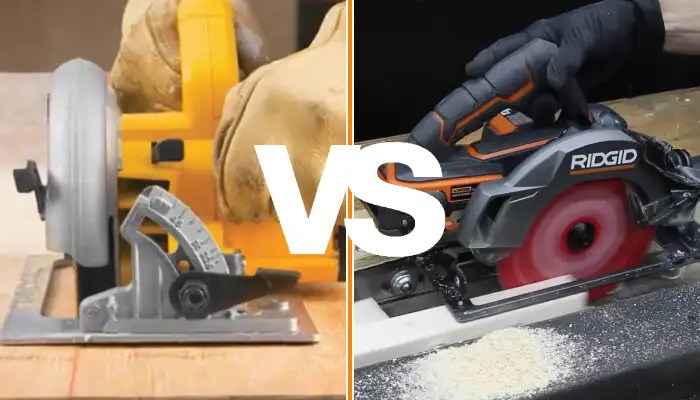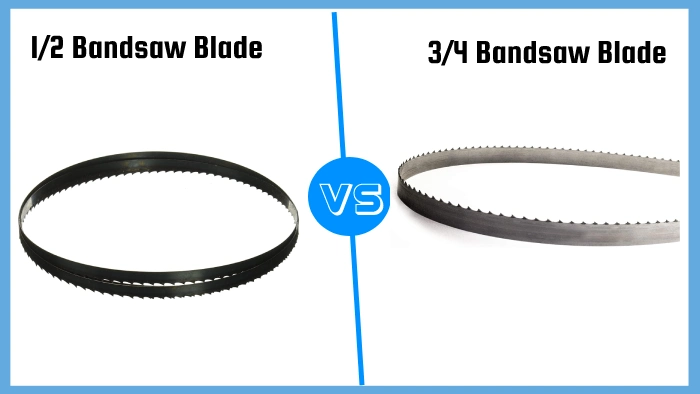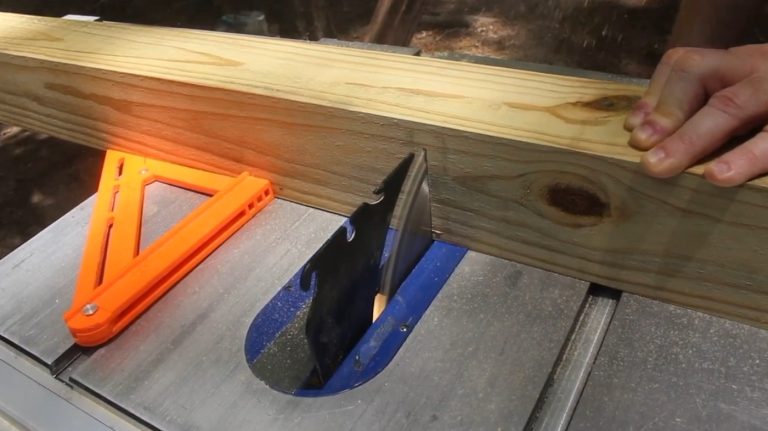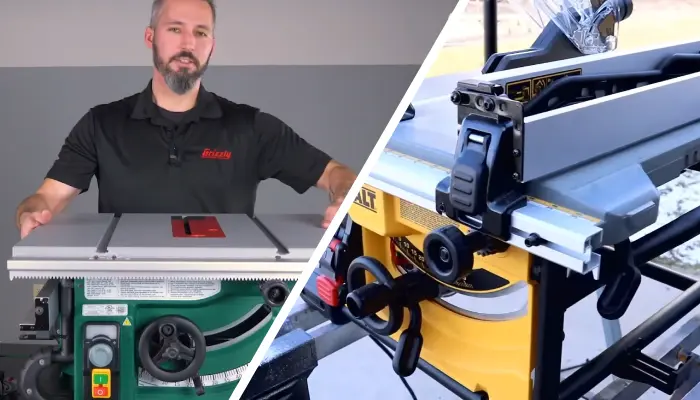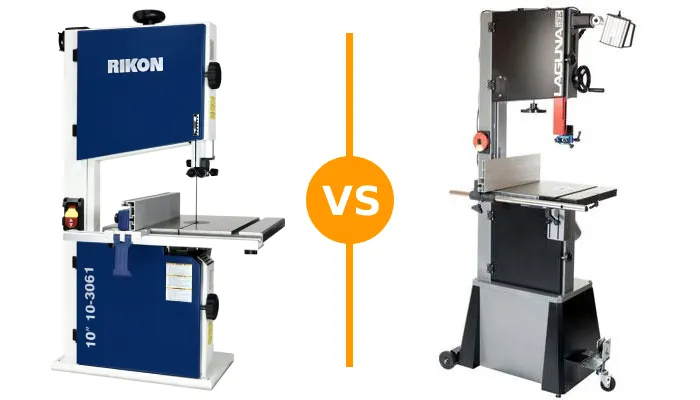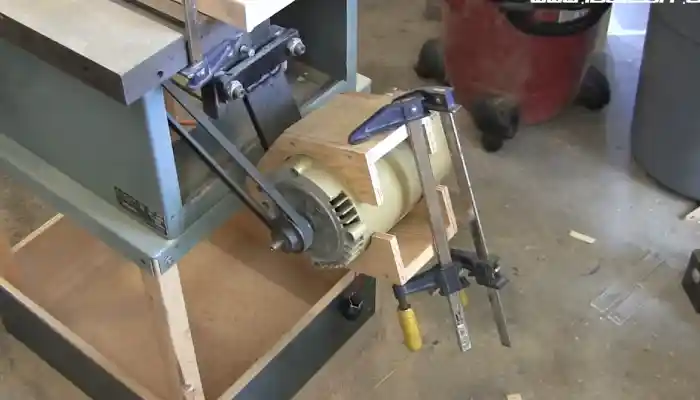Corded vs Cordless Circular Saw: 7 Differences
Circular saws stand at the heart of carpentry, offering a versatile cutting solution for many tasks. Choosing between corded and cordless circular saws represents a pivotal decision for carpenters, each with unique advantages and limitations.
Corded circular saws are powered by connecting directly to an electrical outlet, providing a consistent and reliable power supply. In contrast, lithium-ion batteries power cordless circular saws, which provide unparalleled mobility and flexibility.
Here, I will explain the differences between corded and cordless circular saws. You will also discover the most common corded circular saw size, weigh the benefits of going cordless, and uncover the possibilities of converting a corded saw into a cordless one.
- Efficient 5,300 RPM for fast cuts
- Enhances cutting precision
- 51° bevel, positive stop at 45°
- Dust blower ensures clear visibility
- Guarded trigger, power-on indicator for safety
- Powerful 5150 RPM Motor
- Durable Magnesium Shoe
- Optimized Rubber Grip for Control
- 0-50 Degree Bevel Capacity
- Brushless Technology for Efficiency
Differences Between Corded and Cordless Circular Saw

Considering corded and cordless circular saws for carpentry, several key differences exist. Here, I listed a few of the most important:
- Power and cutting capacity
- Noise levels
- Versatility and tool compatibility
- Setup speed and on-the-go efficiency
- Safety concerns and workspace hazards
- Weight and ergonomics
- Maintenance and durability
No 01: Power and Cutting Capacity
In terms of power, corded circular saws have the upper hand. With their higher wattage and consistent power delivery, they can easily tackle heavy-duty carpentry tasks. This means you can confidently cut through thick and dense materials without worrying about the saw losing power.
On the other hand, cordless circular saws have significantly improved in power over the years. However, according to my findings, they still have torque and cutting capacity limitations compared to their corded counterparts.
This makes them more suitable for simpler or intermittent carpentry tasks where precision and power aren’t as critical.
No 02: Noise Levels
I found that corded circular saws tend to generate more noise during operation due to the continuous power supply from an electrical outlet. This can be a concern in shared or enclosed carpentry spaces, where excessive noise can be disruptive or bothersome.
Alternatively, cordless circular saws are often quieter, providing a more subdued working environment. I believe reduced sound levels of cordless options can be a distinct advantage, particularly for carpenters working in noise-sensitive areas.
No 03: Versatility and Tool Compatibility
Corded circular saws have long been favored for their versatility in providing consistent and uniform cuts, making them ideal for precise carpentry work. They excel in challenging materials and can handle prolonged use without losing power.
In contrast, cordless circular saws have improved versatility but may struggle with prolonged use on tougher materials. However, their advantage lies in their interchangeable batteries, which can be compatible with other tools in a carpenter’s toolkit.
This adds a layer of convenience and versatility, allowing seamless transitions between tasks without needing multiple batteries or power outlets.
No 04: Setup Speed and On-the-Go Efficiency
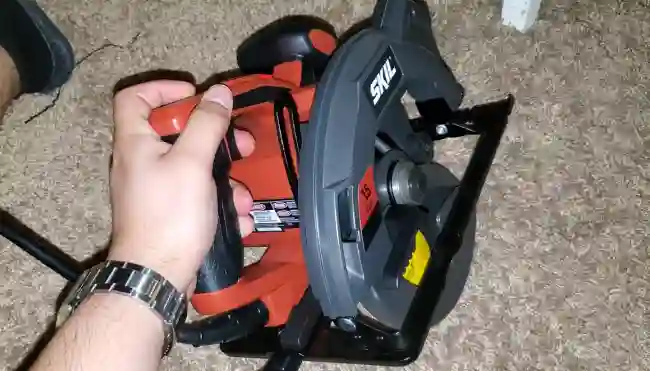
Regarding setup speed and on-the-go efficiency, cordless circular saws have a distinct advantage over their corded counterparts.
According to my knowledge, with cordless saws, you can quickly deploy them without needing a power source, allowing you to start working immediately. This is especially beneficial when time is of the essence, such as when you need to make quick cuts on a job site.
Meanwhile, corded circular saws may require additional setup time. You need to find a power outlet and manage the cord, which can be a hassle and slow you down.
The convenience of cordless circular saws allows for greater on-the-go efficiency, making them an excellent choice for carpentry jobs that require speed and mobility.
No 05: Safety Concerns and Workspace Hazards
With the elimination of power cords, cordless circular saws provide a safer working environment, reducing the risk of trips and tangles in a carpentry workspace. Power cords can often become entangled with other tools or materials, creating hazards that can lead to accidents.
In a busy carpentry workshop, where there may be limited space and numerous objects lying around, the absence of cords can greatly enhance safety. Cordless circular saws allow for better mobility and maneuverability, as there’s no need to navigate around a cord.
Additionally, the absence of cords eliminates the risk of accidentally cutting through them while working, which can cause electric shock or damage to the tool.
Conversely, corded circular saws provide a steady power flow, enabling users to cut through dense materials such as wood without interruption. The cords can be a tripping hazard despite safety precautions, so it’s important to ensure they are out of the way and not in high-traffic areas.
No 06: Weight and Ergonomics
As a carpenter, you’ll notice a significant difference in weight and ergonomics between corded and cordless circular saws.
Corded circular saws tend to be lighter than battery-operated ones because they don’t have an additional battery. This makes them more maneuverable and comfortable for extended use. The lighter weight also allows easier handling and reduces fatigue during prolonged carpentry tasks.
On the other hand, cordless circular saws, although becoming lighter with advancements, may still be bulkier due to the battery. This can impact the ergonomics and handling during prolonged use. I think the added weight can make the saw feel unbalanced and difficult to control.
No 07: Maintenance and Durability
Corded circular saws require less maintenance because they don’t rely on batteries with limited lifespans. You simply plug them in, and they’re ready to go.
Alternatively, cordless circular saws, which depend on rechargeable batteries, may experience a decrease in performance over time. The batteries can lose their capacity and may need to be replaced or reconditioned.
However, advancements in battery technology, such as high-quality lithium-ion batteries, have improved the overall durability of cordless circular saws. These batteries have longer lifespans and can provide consistent power for extended periods.
But circular saw blades must be replaced regularly on both saws. This helps ensure that they provide accurate cuts and do not become dull over time.
What is the most common corded circular saw size?
As per my findings, the most common corded circular saw size is a 7 1/4-inch blade. This size is widely used in carpentry due to its versatility and cutting capacity. With a 7 1/4-inch blade, you can easily cut through more than 3 inches of thick materials.
This makes the circular blade suitable for cutting laminate flooring and wood, plywood, and other carpentry materials.
Is it worth buying a cordless circular saw?
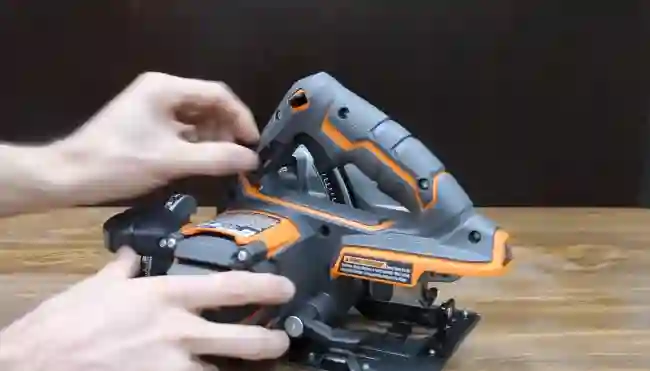
Considering its portability and convenience, I think investing in a cordless circular saw can be worthwhile for any carpenter. The ability to work without the restriction of a cord allows for greater flexibility and ease of movement on the job site.
With advancements in battery technology, cordless circular saws now offer comparable power and performance to their corded counterparts. They’re equipped with high-capacity lithium-ion batteries that provide long-lasting runtime and can be easily recharged.
Additionally, cordless circular saws often feature ergonomic designs and adjustable settings to enhance user comfort and precision.
Can a corded circular saw be converted into a cordless one?
You can’t convert a corded circular saw into a cordless one due to significant differences in internal components and power systems.
Corded circular saws are designed to be powered by an electrical outlet, whereas cordless circular saws rely on rechargeable lithium-ion batteries. The power source isn’t the only difference between the two types of saws. They also have different motor configurations.
Corded or Cordless Circular Saws: Which is Right for Your Carpentry Needs?
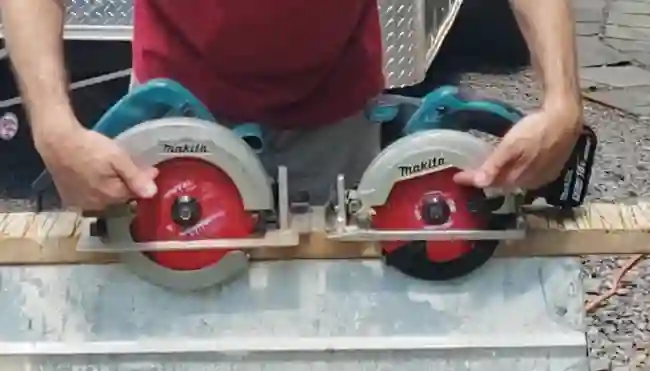
In my opinion, you should consider their differences and advantages when comparing corded and cordless circular saws for carpentry. In the dynamic realm of carpentry, the choice between corded and cordless circular saws boils down to a delicate balance of power, mobility, and convenience.
With their unwavering power supply, corded saws cater to heavy-duty, continuous tasks, offering durability and cost-effectiveness. Conversely, cordless counterparts bring portability to the forefront, allowing carpenters to navigate diverse work environments easily.
I believe carpenters ultimately have to decide based on their projects, the demand for mobility, and the evolving landscape of tools.
- Lightweight Design: Weighs only 8.8 lbs.
- Powerful 15 Amp Motor: Handles tough applications.
- Quick Electric Brake: Stops blade promptly.
- Versatile Beveling: 57-degree bevel capacity.
- Durable Construction: High-grade Aluminum smooth base.
- Powered by two 18V LXT batteries
- BL Brushless motor for cooler, efficient operation
- Automatic speed change technology for optimization
- Up to 610 crosscuts per charge
- Die-cast magnesium components, only 10.4 lbs
Last update on 2025-12-16 / Affiliate links / Images from Amazon Product Advertising API

